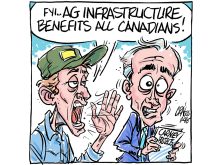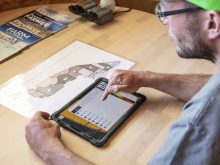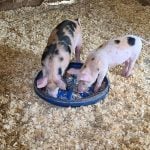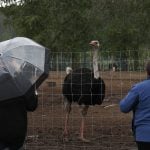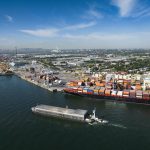The majority of our stories begin with a placeline – the place where the reporter has been to collect information for a story. Often the placeline is the main bureau for the reporter. Generally, if the research was accumulated through phone calls, the bureau’s location gets the credit.
The city or town’s name shows if a reporter covered a conference or meeting there.
For example, last week Adrian Ewins (usually in Saskatoon) went to Edmonton for the National Farmers’ Union annual meeting. His stories this week have an Edmonton placeline.
Read Also
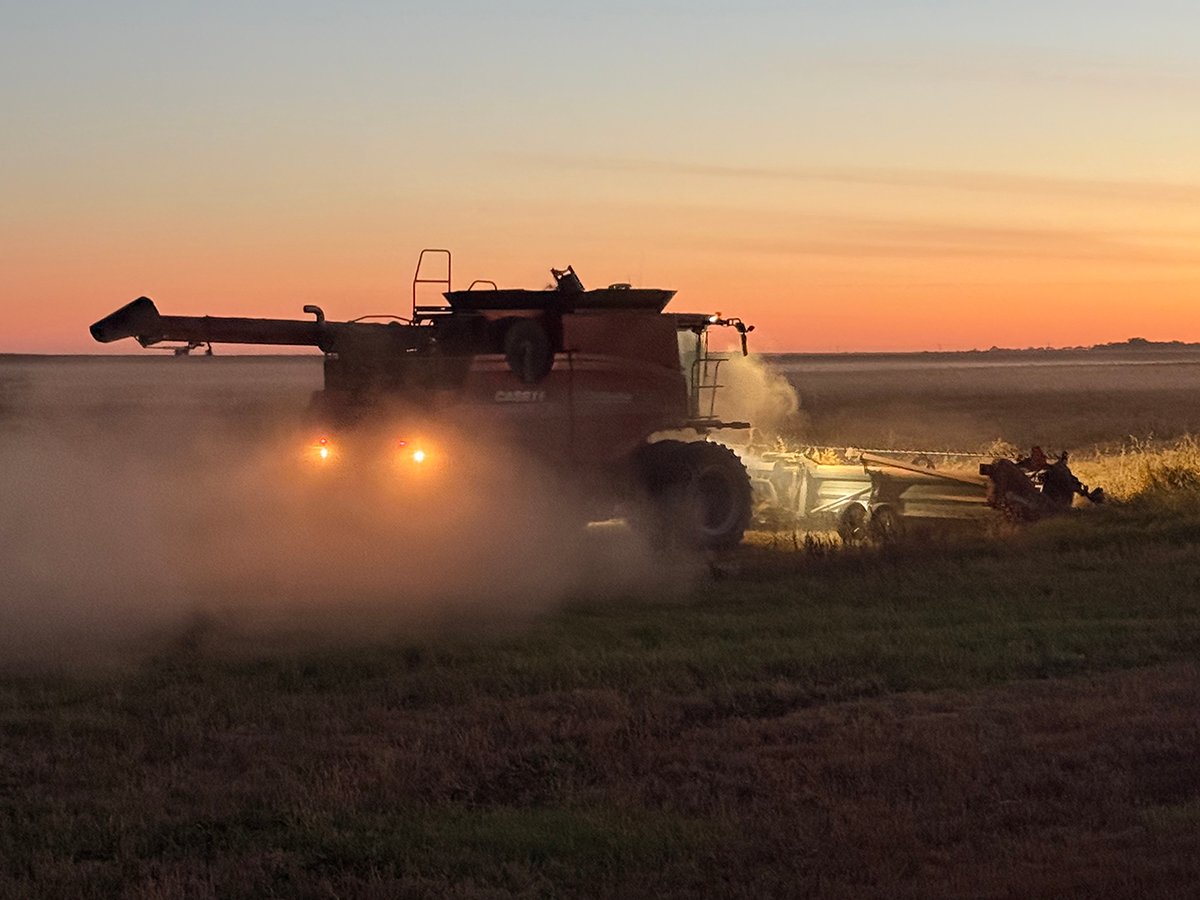
Downturn in grain farm economics threatens to be long term
We might look back at this fall as the turning point in grain farm economics — the point where making money became really difficult.
While it might sound straightforward, sometimes determining a placeline can be more complicated.
What if a reporter does one interview out of town, but most of the research is done from the office through phonecalls over a longer period of time?
What if interviews were done several places out of town, but the story blends all the information together?
In these cases, the reporter’s bureau is used as the placeline.
Our paper also relies on wire services to provide stories for us. Sometimes placelines will be where their reporter is based and might not indicate where the story was researched, or there might be no placeline given.
Our freelancers can be more confusing.
Alan Harman, for example, has travelled back and forth between Ireland and Down Under to research his stories.
Currently he is sending stories from Tullybeg, Ireland. His recent subjects include Irish farmers neglecting to cash subsidy cheques, a British dairy co-op exporting cheap milk, lamb export statistics from New Zealand and the drought in Australia.
Unless our freelancers indicate where they researched the story, we generally attach the place where they are writing from. In this case, Tullybeg gets the credit.





